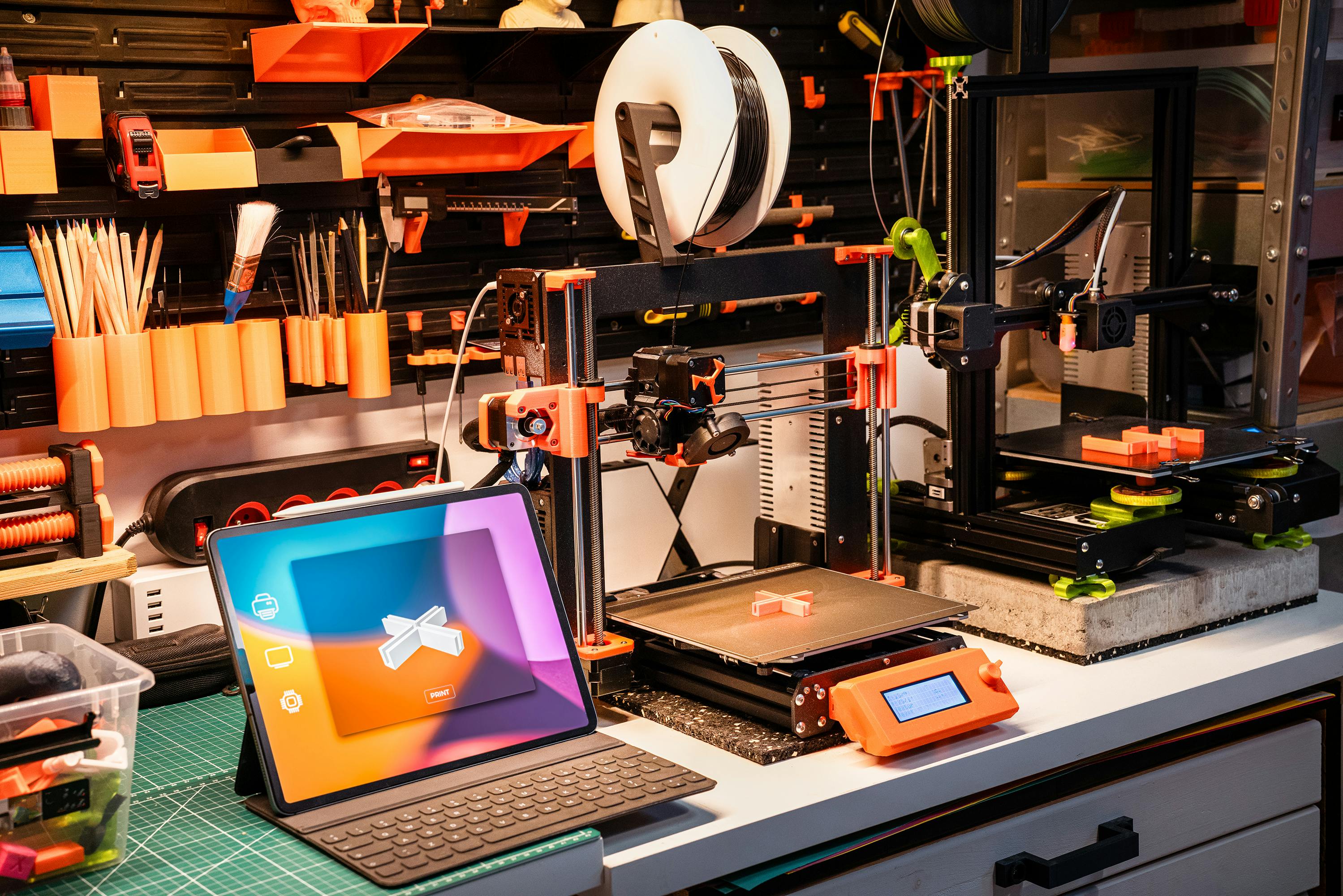Reimagining the Future of Industry with 3D Printing
As we navigate through the 21st century, the business and industrial landscape is continuously shaped by breakthroughs in technology. Among these advancements, 3D printing—or additive manufacturing—stands out as an exceptional game-changer. With its promise of customized production, reduced waste, and shortened supply chains, this technology is poised to revolutionize the industrial sector. However, with great potential comes considerable challenges. Let's delve into the fascinating world of 3D printing and explore the implications it holds for business and industry.

A Brief History of 3D Printing
3D printing is far from a novel concept. Its origins date back to the 1980s when Chuck Hull, co-founder of 3D Systems, invented a process called “stereolithography.” This technology, which allowed for the creation of three-dimensional objects using digital data, was the foundation upon which modern 3D printing was built. Over the ensuing decades, 3D printing has evolved dramatically, with improvements in speed, accuracy, and material diversity. Today, it is used in a wide array of industries, from healthcare and aerospace to construction and automotive manufacturing.
The Current Landscape of 3D Printing in Business
The adoption of 3D printing in the business sector has been on an upward trajectory. Research from Statista anticipates the global market for 3D printing products and services to surpass $40 billion by 2024, nearly double its value in 2020. The technology’s versatility offers a myriad of applications across different sectors.
In the healthcare industry, for instance, 3D printing is used to create patient-specific prosthetics and implants, while in the construction sector, it facilitates rapid prototyping and the manufacturing of complex architectural models. Meanwhile, in the automotive and aerospace industries, 3D printing is instrumental in producing lightweight but durable components, which contribute to overall efficiency and sustainability.
The Impact of 3D Printing: Pros and Cons
3D printing holds immense potential for businesses, particularly in terms of customization, cost reduction, and speed. By enabling on-demand production of bespoke items, companies can meet individual customer needs without maintaining vast inventories. Moreover, 3D printing’s additive process results in significantly less material waste compared to traditional manufacturing methods, thereby reducing costs and environmental impact.
However, challenges persist. One significant concern is the potential job displacement due to automation. Additionally, while 3D printing can produce complex structures, the technology still struggles with certain materials and large-scale production. Intellectual property (IP) issues also pose challenges in a world where any digital design can be printed.
Key Takeaways for Businesses
- Embrace the potential of 3D printing: The technology can provide a competitive edge, enabling businesses to offer customized products and services, reduce waste, and save costs.
- Prepare for the workforce implications: As with any technological advancement, 3D printing could lead to job displacement. Businesses must be proactive in retraining and upskilling their employees.
- Stay informed about IP regulations: Navigating the 3D printing landscape requires a solid understanding of intellectual property rights to mitigate potential legal issues.
In conclusion, the rise of 3D printing in the business and industrial sectors promises exciting possibilities and complex challenges. As we continue to explore this technology’s potential, businesses must be prepared to adapt, innovate, and overcome the hurdles that come their way. As we look to the future, 3D printing stands as a testament to the transformative power of technology in shaping our industries and the way we do business.




